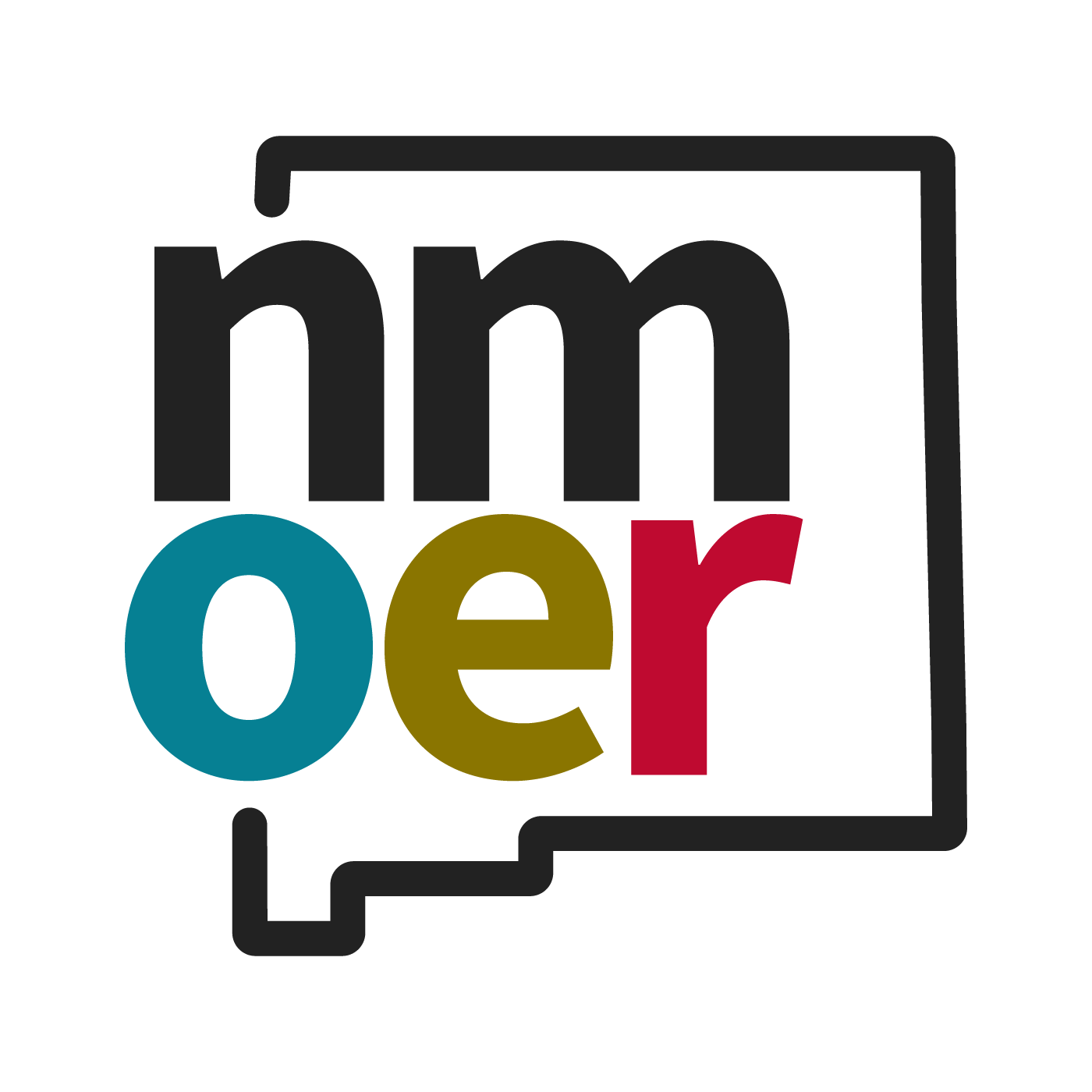10.9 Adaptations and References
Sections of this chapter are adapted from the following:
- Andrade, M. & Walker, N. (2019). Cognitive Psychology. College of the Canyons.
- Simonton, D. K. (2025). Creativity. In R. Biswas-Diener & E. Diener (Eds), Noba textbook series: Psychology. Champaign, IL: DEF publishers. Retrieved from http://noba.to/nwzd6yuc
References:
- Amabile, T. M., & Fisher, C. M. (2012). Stimulate creativity by fueling passion. Handbook of principles of organizational behavior: Indispensable knowledge for evidence‐based management, 481-497.
- Bransford, J.D. and Stein, B.S. (1984). The ideal problem solver: A guide for improving thinking, learning, and creativity. New York: Freeman.
- Carson, S., Peterson, J. B., & Higgins, D. M. (2005). Reliability, validity, and factor structure of the Creative Achievement Questionnaire. Creativity Research Journal, 17, 37–50.
- Chase, W. G., & Simon, H. A. (1973). Perception in chess. Cognitive psychology, 4(1), 55-81.
- Chi, M. T., Glaser, R., & Rees, E. (1981). Expertise in problem solving(No. TR5).
- de Groot, A. D. (1965). Thought and choice in chess. The Hague: Mouton Publishers.
- Duncker, K. (1945). On problem-solving. Psychological Monographs, 270.
- Feist, G. J. (1998). A meta-analysis of personality in scientific and artistic creativity. Personality and Social Psychology Review, 2, 290–309.
- Gick, M. L., & Holyoak, K. J. (1980). Analogical problem solving. Cognitive psychology, 12(3), 306-355.
- Gick, M. L., & Holyoak, K. J. (1983). Schema induction and analogical transfer. Cognitive psychology, 15(1), 1-38.
- Guilford, J. P. (1967). The nature of human intelligence. New York, NY: McGraw-Hill.
- Harris, J. A. (2004). Measured intelligence, achievement, openness to experience, and creativity. Personality and Individual Differences, 36, 913–929.
- James, W. (1890). The Principles Of Psychology Volume I By William James (1890). The Principles of Psychology.
- Kahneman, D. (2011). Thinking, fast and slow. Macmillan.
- Kohler, W. (2018). The mentality of apes. Routledge.
- Mayer, R. E. (1992). Thinking, problem solving, cognition. WH Freeman/Times Books/Henry Holt & Co.
- McCrae, R. R. (1987). Creativity, divergent thinking, and openness to experience. Journal of Personality and Social Psychology, 52, 1258–1265.
- Mednick, S. A. (1962). The associative basis of the creative process. Psychological Review, 69, 220–232.
- Metcalfe, J., & Wiebe, D. (1987). Intuition in insight and noninsight problem solving. Memory & cognition, 15(3), 238-246.
- Newell, A., & Simon, H. A. (1972). Human problem solving.Prentice-Hall.
- Peterson, J. B., & Carson, S. (2000). Latent inhibition and openness to experience in a high-achieving student population. Personality and Individual Differences, 28, 323–332.
- Pretz, J.E., Naples, A.J., Sternberg, R.J., Davidson, J.E., Sternberg, R.J. (2003). Recognizing, defining, and representing problems. The psychology of problem solving. New York: Cambridge University Press.
- Simonton, D. K. (2003a). Creative cultures, nations, and civilizations: Strategies and results. In P. B. Paulus, & B. A. Nijstad (Eds.), Group creativity: Innovation through collaboration (pp. 304–328). New York, NY: Oxford University Press.
- Simonton, D. K. (2003b). Creativity assessment. In R. Fernández-Ballesteros (Ed.), Encyclopedia of psychological assessment (Vol. 1, pp. 276–280). London, UK: Sage Publications.
- Simonton, D. K., & Damian, R. I. (2013). Creativity. In D. Reisberg (Ed.), Oxford handbook of cognitive psychology. New York, NY: Oxford University Press.
- Sternberg, R. J. & Ben-Zeev, T. (2001). Complex cognition: The psychology of human thought. New York: Oxford University Press.
- Torrance, E.P. (1974). Torrance tests of creative thinking: Norms-technical manual. Bensenville, IL: Scholastic Testing Service, Inc.
- Tversky, A., & Kahneman, D. (1974). Judgment under Uncertainty: Heuristics and Biases. Science, 185(4157), 1124-1131.
- Wertheimer, M. (2020). Max Wertheimer productive thinking. Springer Nature.

